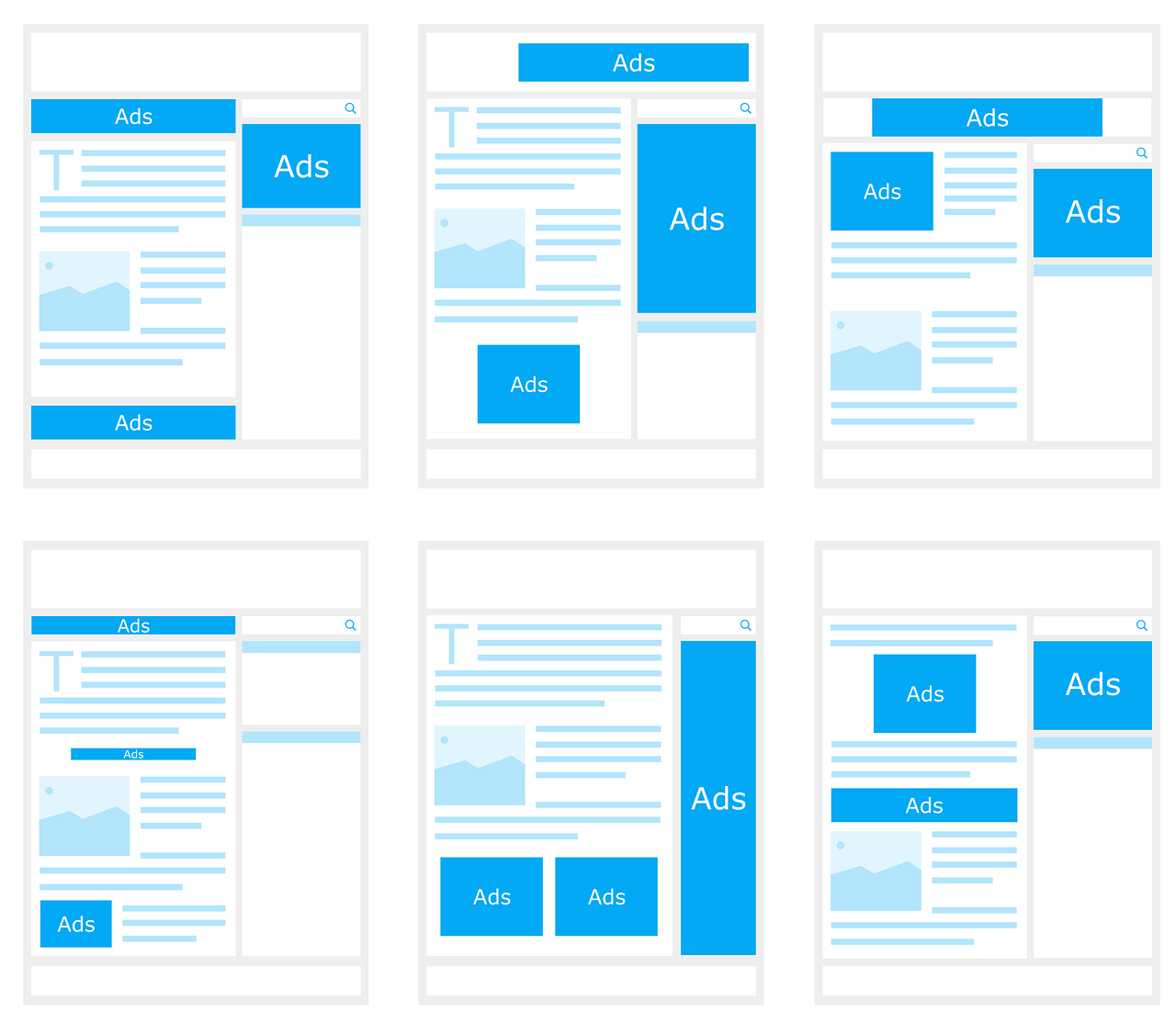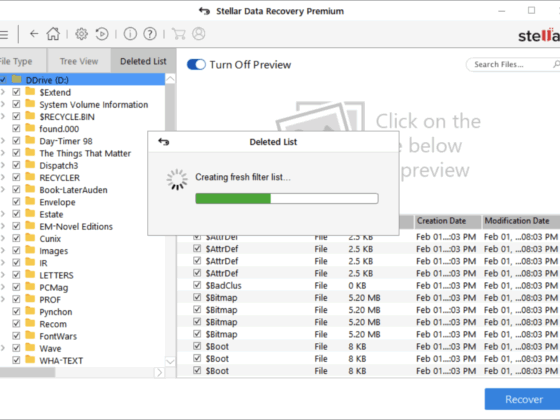
DSP stands for demand-side platform. DSP’s are a digital online platform that enables an advertiser to purchase advertisements. DSP’s purchase digital ad inventory from a variety of sources, including TV, applications, internet, video, and audio sources using an automated process. DSPs are extremely effective marketing automation tools because of their ability to enable mobile advertisers to purchase high-quality traffic with relative ease. Google Ads is an example of a demand-side platform. However, as opposed to most other digital signage platforms, Google only sells inventory from its own sources. Others, such as Bidmind DSP allow users to buy traffic from a variety of different vendors.
The most apparent manner in which DSPs are vital to mobile advertising also extends to automation overall. This method helps marketers avoid wasting energy on tasks that can be handled by a machine which saves time and energy for everyone involved. Demand Side Platforms (DSPs) assist marketers in swiftly setting up campaigns and managing them with ease, instead of manually approaching dozens of publishers with advertising offers. This frees up user acquisition professionals to devote more time to other important tasks, like user base segmentation, that will help them increase performance over the long run.
Another reason why demand-side platforms (DSPs) are proven to be especially beneficial to mobile marketers is the ability to monitor their digital advertising campaigns in real-time. As opposed to waiting for a campaign to come to a finish, mobile marketers may immediately change strategies without causing any interruption. For example, when a campaign is going well, advertisers may invest more money into a particular campaign, while campaigns that are performing poorly can be removed to prevent causing financial harm.
What to Look For in a DSP Platform
With the ever-growing market of DSP providers, it may be hard to choose one. There are several things to look for in a DSP platform. When selecting a DSP platform, make certain that they are connected to all big advertising exchanges and that they cover all of the numerous ad formats that will help you reach your intended audience. If you want to guarantee campaign scalability, pick a good DSP platform with a worldwide reach and expertise in targeting different geographical locations. The DSP’s platform should contain a user-friendly interface, that allows its user to effectively create and adjust marketing campaigns.
Data privacy and data protection are the two most important issues when conducting automated ad campaigns, so be sure that your DSP has procedures in place to screen out fraudulent traffic as well as a safe system in place to store your information. A great DSP should be completely transparent in its operations and marketers must be able to view the ad placements that they have made, the audiences that they have reached, and the return on their advertising investment. By providing transparency marketers can make any necessary changes to optimize their advertising campaigns.
Another problem that presents a little barrier is that all companies want some kind of influence over the context in which their advertisements are shown. When it comes to sensitive themes like alcohol, weapons, or other controversial matters, some businesses are quite selective about which other brands and experiences their own advertisements are associated with, as well as the sorts of material that they promote with their advertising. A good DSP should let you manage where and what other content supports your advertising campaign.
Demand-Side Platforms were created to assist in the transformation of marketing campaigns into a far more efficient process, benefitting not just the firms that operate them, but also the customers who would be receiving them. Demand Side Platforms (DSPs) provide you with the structure and simplicity you want in order to manage your advertising campaigns in a highly competitive and constantly changing market.







